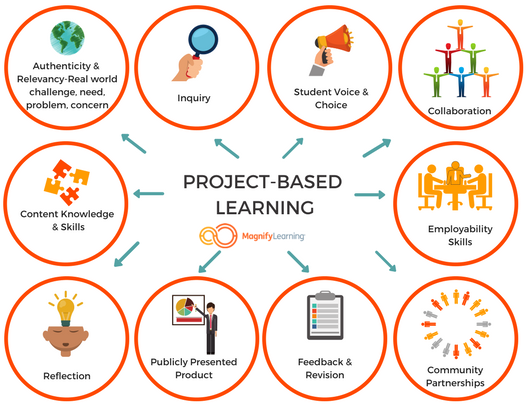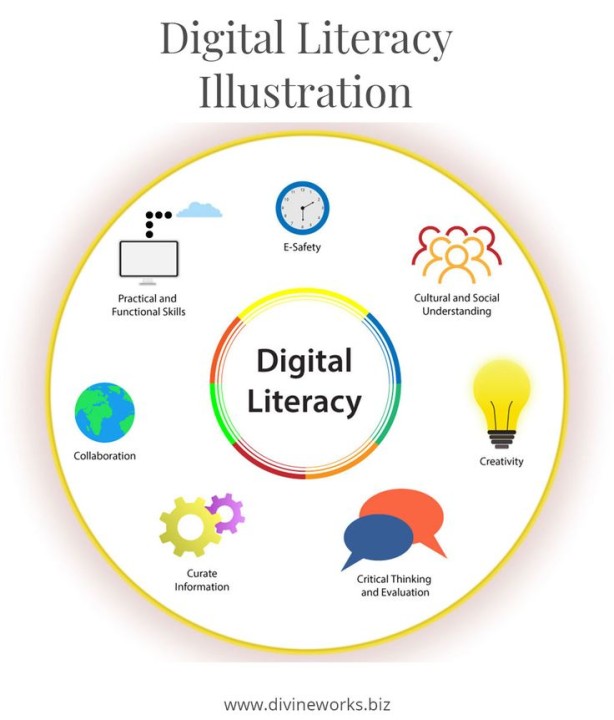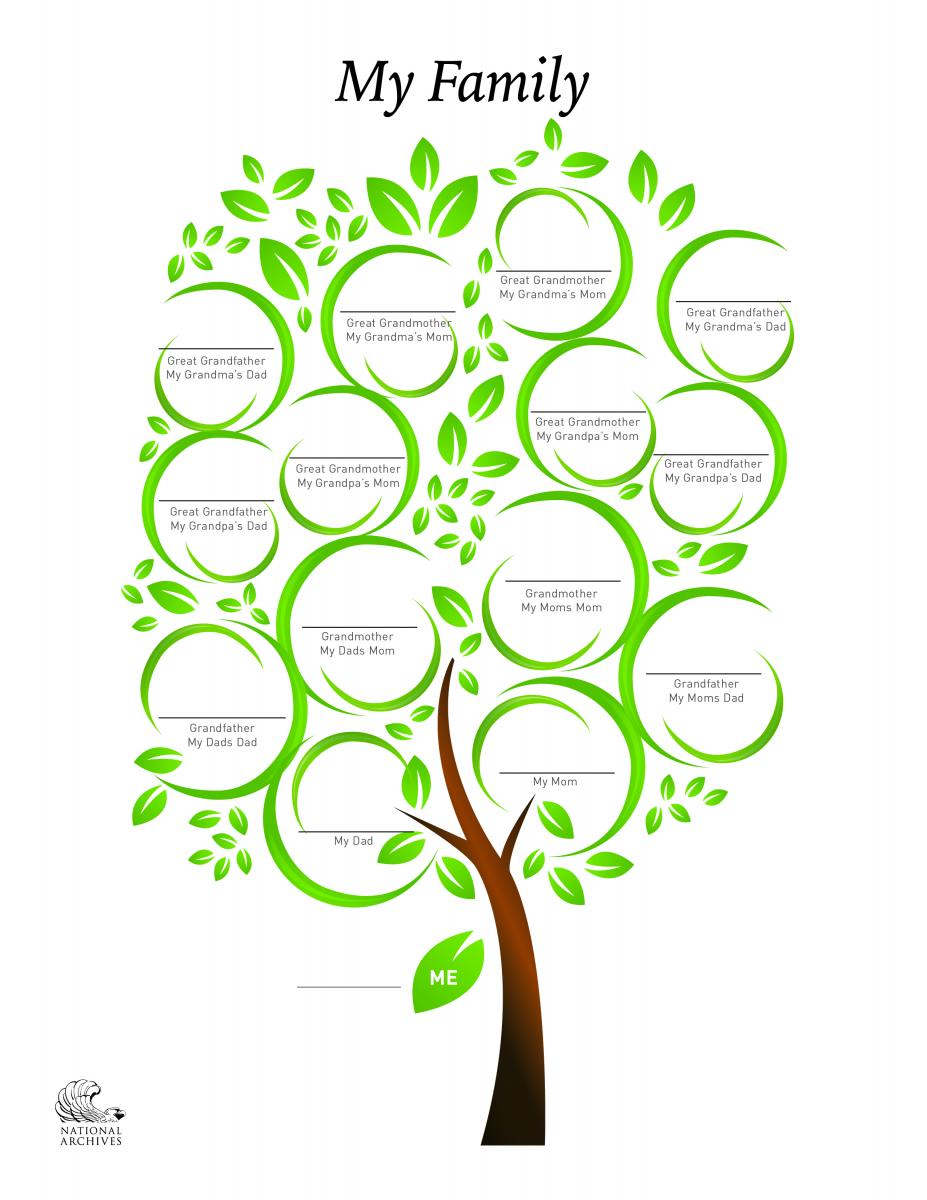Ed Tech Blog

Introduction
Project-based learning is one of the hottest trends in education today. This style of teaching has been used for decades but has gained popularity in recent years as educators have begun to realize its benefits. The potential of project-based learning to improve academic performance, career prospects, and life opportunities is leading many schools to switch over to it.
The purpose of this article is to examine the benefits of project-based learning and how it can be incorporated into classroom settings. Let's begin!
What Is Project-Based Learning?
John Dewey, an American philosopher and educator, is credited with developing PBL. PBL (project-based learning) is an instructional approach that offers students an opportunity to develop knowledge and skills through engaging projects that are based on real-world challenges and problems. For an alternative definition check out this article from PBLWorks.
PBL Is More Student-Centric Than Traditional Learning
In PBL, the students are more engaged, motivated and involved in their own learning. The teacher acts like a facilitator who helps them along the way. This can also be referred to as personalized learning. PBL involves students as leaders and decision-makers in the learning process as opposed to teacher-centered approaches. For more details on student centered learning check out this article.
PBL Can Improve Students Retain Information Better
PBL helps students retain information and skills longer. Instead of learning facts and procedures in isolation, PBL teaches students how to apply their knowledge in new situations. Rather than simply memorizing the steps for solving a math problem or constructing a paragraph, they learn how to use their knowledge of basic concepts like fractions or parallel prose sentences to solve real-world problems.
For example: How many volunteers does it take to keep track of all the ingredients at an event? How many slices can we make from...
Read more: Need a Break from Technology? Try Project-Based Learning in Your Classroom

There are many ways to make learning fun and interactive for teachers, students, and even parents. That’s why apps like Remind have been made specifically to ensure seamless and secure interaction between teachers, students, and parents. As many learning institutions embrace the hybrid mode of learning, it is imperative that teachers choose the best apps to complement their teaching and improve their interaction with students and parents.
Let’s look at why Remind should be on top of your education apps if you are a teacher and how you can use it to foster collaboration and interaction in the classroom.
What is Remind?
Remind is an app and website platform where teachers can share resources and communicate by sending secure messages to different recipients. These could be students, parents, or other teachers.
It makes collaboration among teachers and students easy as this can be done directly to an entire class or different sub-groups. The different classes or sub-groups are differentiated by unique codes sent via text or a link to the target members to sign up. For example, you could invite students to join your foreign languages class or parents to join the monthly class meeting group.
As a teacher, you...
Read more: How Remind is Revolutionizing Interaction in the Classroom

Introduction
Each day, cutting-edge information technologies provide us with new ways of tackling challenges in and outside our classrooms. Along with these rapid enhancements and solutions comes the challenge of staying up to date with current developments.
In a digitally enriched world where messaging apps and social networks have replaced face-to-face communication, where collaboration happens in real-time and online, and information is obtained via digital libraries, vlogs, and video content, digital literacy is becoming a fundamental skill to promote through our courses.
What is digital literacy?
While there is a plethora of definitions for digital literacy, it can be defined as “the ability to use information and communication technologies to find, evaluate, create, and communicate information, requiring both cognitive and technical skills” (National Digital Inclusion Alliance). Digital literacy in the classroom comprises a set of skills that allow students to use digital technologies to obtain and evaluate information, solve problems, complete assignments, and create content.
How can teachers in humanities promote digital literacy and digital citizenship as they assist students in developing essential skills such as communicative and collaborative abilities, critical and analytic thinking, creativity, and social responsibility?
Here are five ways to foster these skills while incorporating digital...
Read more: 5 Ways to Promote Digital Literacy through Humanities

If you were to go into any public library today, one of the services you would most likely find in the database would be login information for ancestry.com. Interest in family history is no longer for aging people hoping to get back in touch with their roots. Genealogy can become an important part of any social studies curriculum. In fact, it can become an important project in your classroom. In this article, you will learn about how you can incorporate different genealogy projects in your classroom, research findings on the importance of genealogy in the classroom, and different resources you can use to get yourself started right away.
Genealogy projects can be a great way of getting parents and grandparents involved in the education of their children. According to Karen Bogenschneider and Carol Johnson of the University of Wisconsin-Madison, “a consistent body of research concludes that parents are the first and foremost influence on their children’s development and school success. When parents are involved, students get better grades and score higher on standardized tests” (2004). Genealogy projects encourage students to ask their parents/grandparents more about their heritage. It can become a bonding experience for students and their...

Digital libraries are now a norm at most universities and colleges. Not only do digital libraries combine information resources and technology, but they also allow remote access. That breaks down all physical barriers and makes the information available 24/7.
Now that remote online education is also gaining popularity, digital libraries help students gain a mammoth of knowledge without stepping out of their homes.
But that doesn’t mean we should restrict digital libraries to remote learning only.
Setting up digital libraries at schools empowers students and allows them to maximize their access to extensive study materials. That's why today's schools ensure that they have digital and traditional libraries.
This post will highlight the many benefits of introducing digital libraries to schools. We will also give you valuable tips for setting up a digital library.
Why Does your School Need a Digital Library?
If you want your students to become tech-savvy, you must give them access to digital resources. However, many students can already access the internet and social media content. However, their sources are not as credible as scientific research and high-quality materials.
Thanks to a digital library, a school can provide a rich source of information to help its students...

If there is anything that lights up the faces of children and adults alike, it is robots. Little electronics that move and perform various functions make everyone curious. If you are an educator yourself, you might be wondering how you can take advantage of the excitement that your students have for robots. Using robots in the classroom is one of the easiest ways to integrate the 4 Cs of learning, which are collaboration, creativity, critical thinking, and communication. In this post, we will go through how a robot can take your classroom learning to the next level, what types of robots to consider, how to use robots in the classroom efficiently, and what are some concepts that can be taught with the help of a robot.
There is a specific niche of robots called educational robots. These are the robots that an educator should be interested in if they want to properly introduce their students to the world of robotics. Some of these educational robots need to be assembled, some can help students understand a concept, and most of them are programmable. This means that students will learn fundamental engineering designs and programming skills from a young age.
Many concepts...
